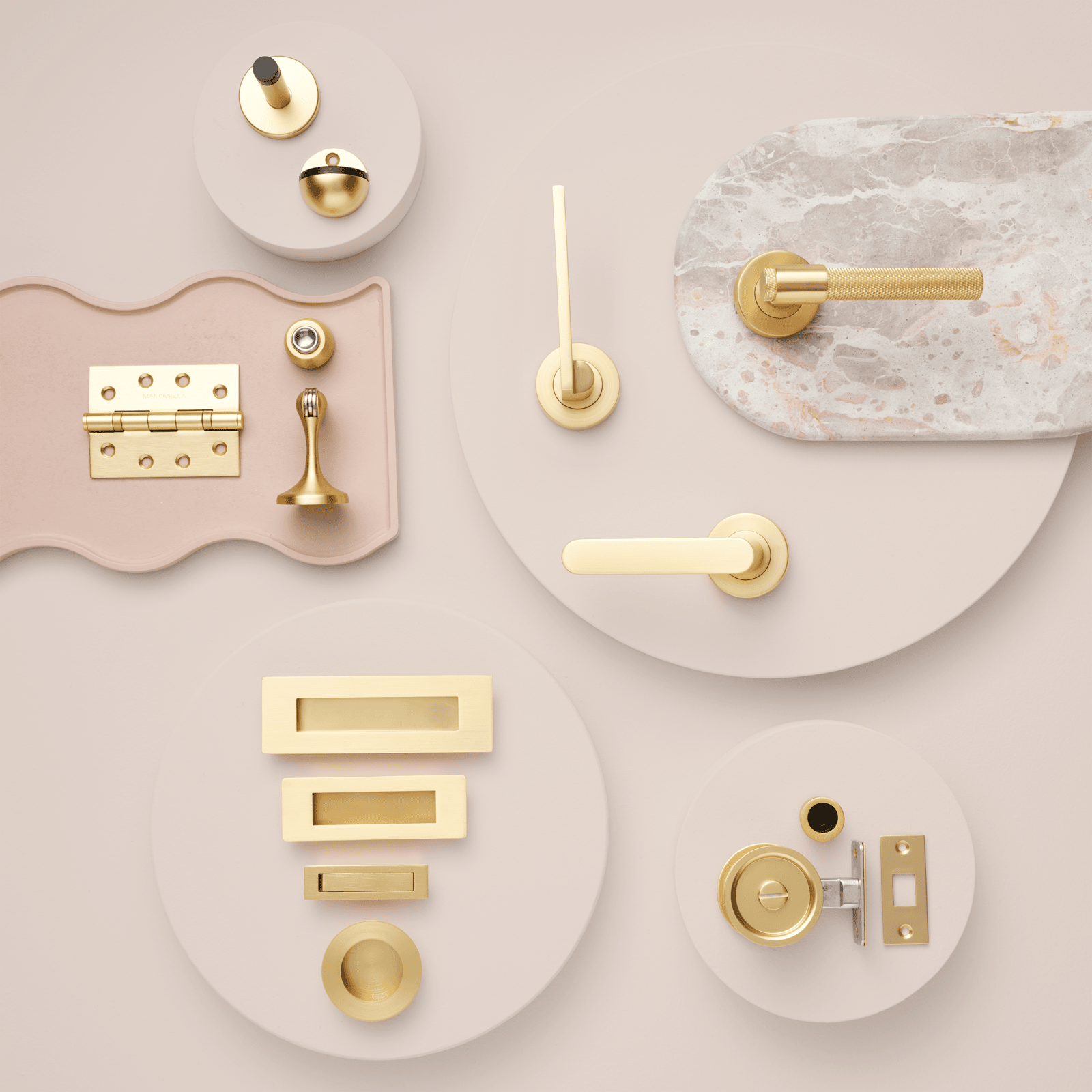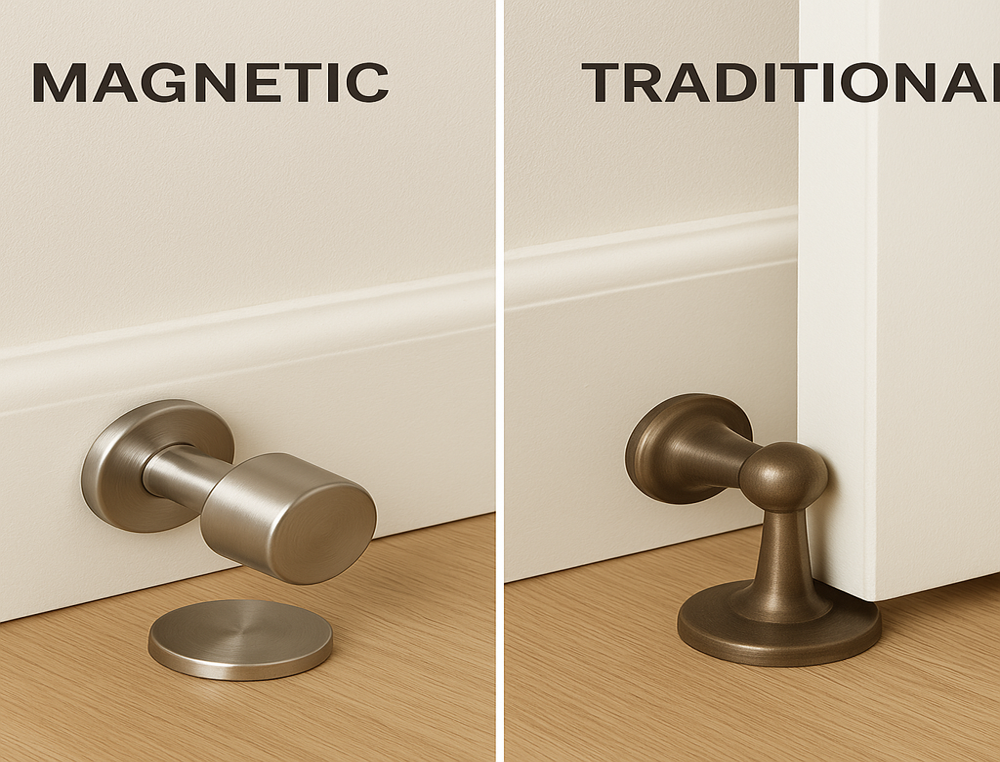If your door handles are loose, don't worry - you're not the only one. It's a common problem, and it's easy to fix. In this blog post, we'll show you how to tighten door handles in just a few simple steps. Follow these instructions and your doors will be feeling snug in no time!
Tools You'll Need:
- A Head screwdriver
- A flathead screwdriver
- A door handle (of course!)
Instructions:
1. Remove a spinning doorknob.
When the doorknob spins freely on its spindle, it's usually because a set screw has released its grip on the handle spindle. Because new knob designs use a distinct mechanical mechanism to attach them to the spindles, this is generally an issue with previous doorknobs. Locate and identify the set screw that is inserted into the collar of the doorknob. A doorknob screw is a fastener that secures the doorknob to the spindle and ensures a firm grasp. This might be a flathead, Phillips-head, or recessed hex-head screw. Tighten this bolt with whatever fastener or wrench is appropriate, tightening it firmly and providing the doorknob a secure grip on the spindle.
2. Replace a Loose Faceplate With Exposed Mounting Screws
The faceplate's circular plate that fits against the door surface, has two visible bolts that can loosen with time. This causes the doorknob mechanism to shake. If this happens, simply tighten the screws.
Lever handle door knobs don't require much effort to access the mounting screws. Round doorknobs, on the other hand, may necessitate removing the knob in order to expose the faceplate mounting screws with your screwdriver. A detente button or slot, can be used to secure the doorknob. Tighten the faceplate using a flat-head screwdriver (as shown above). If the opposing mounting threads have completely stripped out, you'll need to start threading them by hand before utilizing the screwdriver.
3. Fix a Loose Faceplate With Hidden Mounting Screws
The mounting screws for the lockset's mounting plate may be hidden under an outer faceplate on high-end newer locksets. To remove the knob or handle from the spindle, release the doorknob or lever. To do this depress the spring-loaded catch, known as a detent and then slide it off. There are three distinct ways to access and push down the concealed detent that secures the handle.
- A slot on the side of the knob.
- A button on the backplate that needs to be depressed with a pen or paper clip.
- An Allen keyhole in lever door handles.
Depress and hold down this detent, then remove the screwdriver head from the slot and take off the faceplate. Now you should have direct access to the screws securing the mounting plate (as shown above). Tighten these screws firmly with your screwdriver. If they're stripped out, try hand-threading them before tightening with your tool. Once secure, replace and reattach the faceplate by sliding it back into position until it snaps home and reengages the hidden locking mechanism. You may need to depress the detent again to do this.
That's it! Now you know how to tighten door handles. We hope this blog post was helpful. If you have any questions, feel free to leave a comment below and we'll be happy to help. Thanks for reading!











